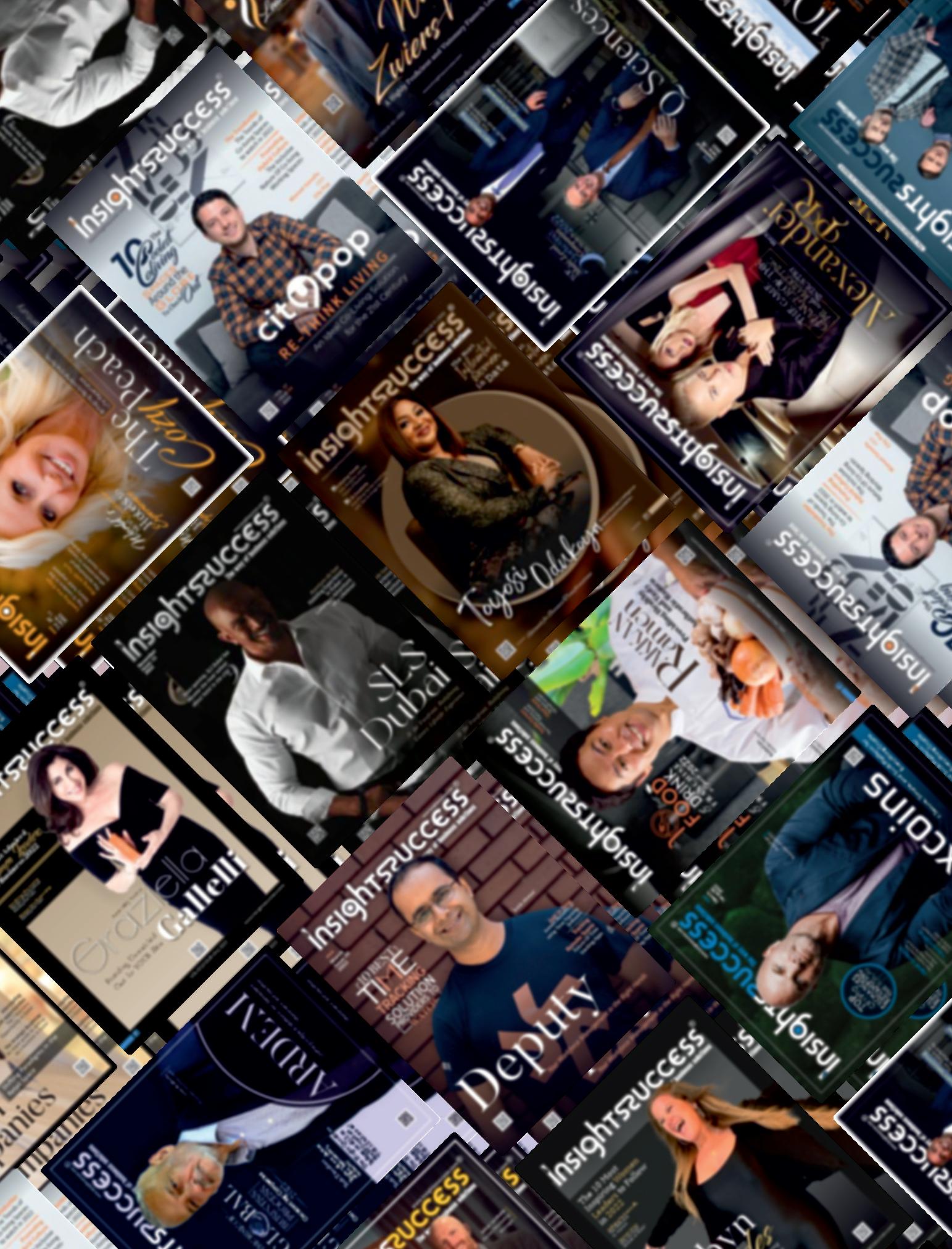








Ineveryera,thereareeducatorswhosevisiongoesbeyond
classroomsandtextbooks—thoserareindividualswhobridge disciplines,driveinnovation,andshapesystemsthatimprovethe livesofmillions.Dr.RichardLarsonisoneofthoseindividuals.
Inthisspecialfeature, USA’s Most Dynamic Professor Shaping the Future of Urban Efficiency,wehonorDr.Larsonnotonlyforhis exceptionalcontributionstooperationsresearchandeducation technologybutalsoforhisenduringcommitmenttosocietalprogress. Knownwidelyas“DoctorQueue”forhispioneeringworkinqueueing theory,Dr.Larsonhasdevotedhiscareertosolvingreal-world problems—beitreducingwaittimesinhealthcaresystems,optimizing urbaninfrastructure,orreimagininghowstudentslearninadigital-first world.
HislegacyisnotconfinedtothehallsofMIT,wherehehasspentover fivedecadesteaching,mentoring,andleadingresearch.Itlivesinthe waycitiesfunction,inhowservicesaredelivered,andintheway educationisevolving.Fromco-foundingMITBLOSSOMS—a globallyrecognizededtechinitiative—toshapingnationalpolicy conversationsonurbansystems,Dr.Larsonrepresentsapowerfulblend ofacademicrigorandpublicimpact.
Whatmakeshisworkespeciallycompellingtodayisitsrelevanceto thechallengesoftomorrow Ascitiesfacemountingpressuresfrom populationgrowth,climatechange,andtechnologicaldisruption,Dr Larson’sresearchofferspathwaystowardsmarter,moreresilienturban systems.Atthesametime,hispassionforeducationensuresthat knowledgetransferremainsequitable,scalable,anddeeplyhuman.
Thisprofileismorethanarecognition—it’satributetoathought leaderwhoseintellectismatchedbyhishumility,andwhoseinfluence extendsfromclassroomstocitystreets.Dr.Larsonexemplifieswhatit meanstobeadynamicprofessor:constantlyevolving,deeplyengaged, andunafraidtochallengeconventionsinpursuitofbettersolutions.
WeareproudtospotlightDr.RichardLarson’sextraordinary journey—astoryofscience,service,andinnovationthatcontinuesto shapethefutureofurbanefficiencyandbeyond.
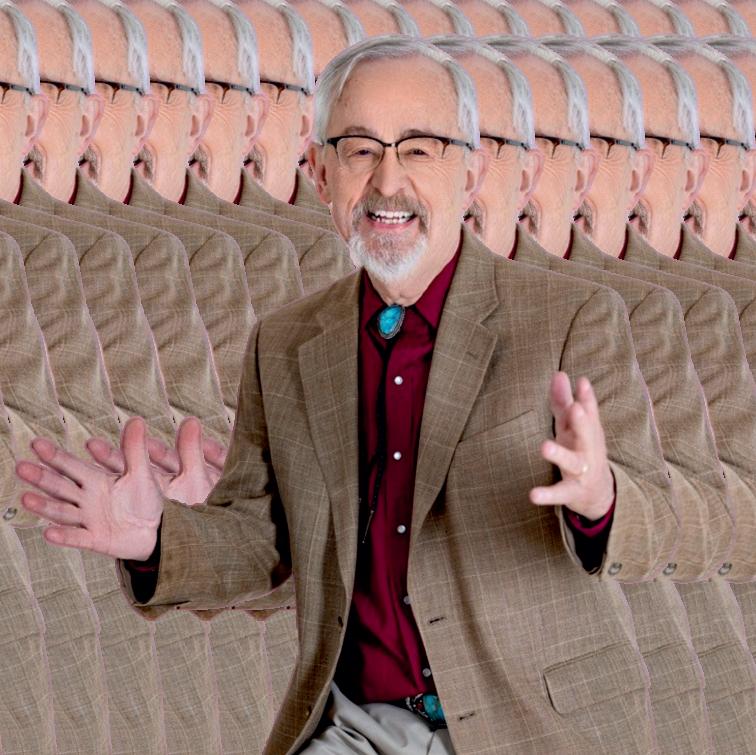
Bridging Science, Service, and Innovation: Dr. Richard Larson's Transformative Journey in Operations Research and EdTech F E A T U R I N G
Educators as Change-Makers: Leading with Purpose and Passion
From Testing to Teaching: Shifting the Focus to Holistic Education

Art
Business
Business
Digital
Co-designer
Marketing





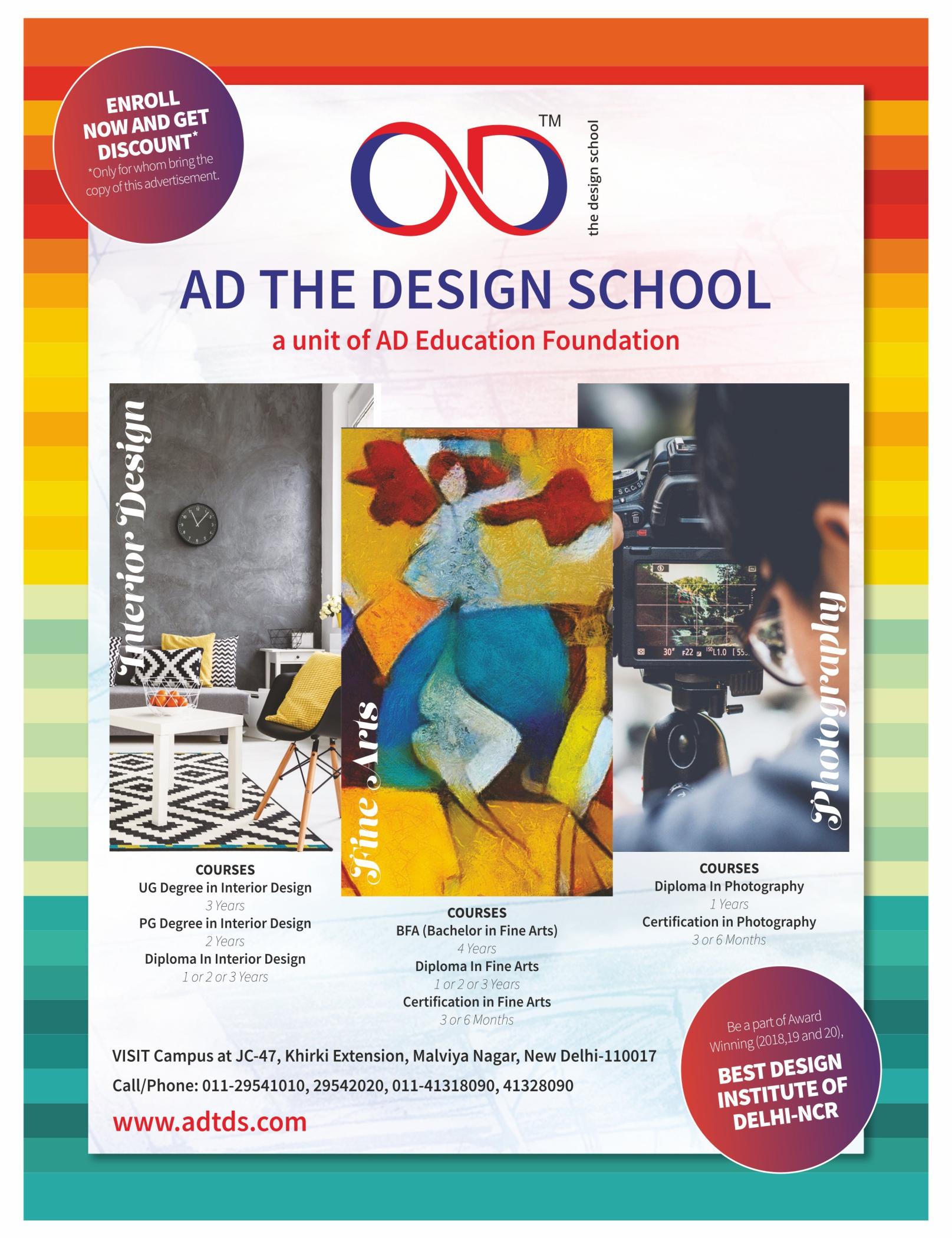






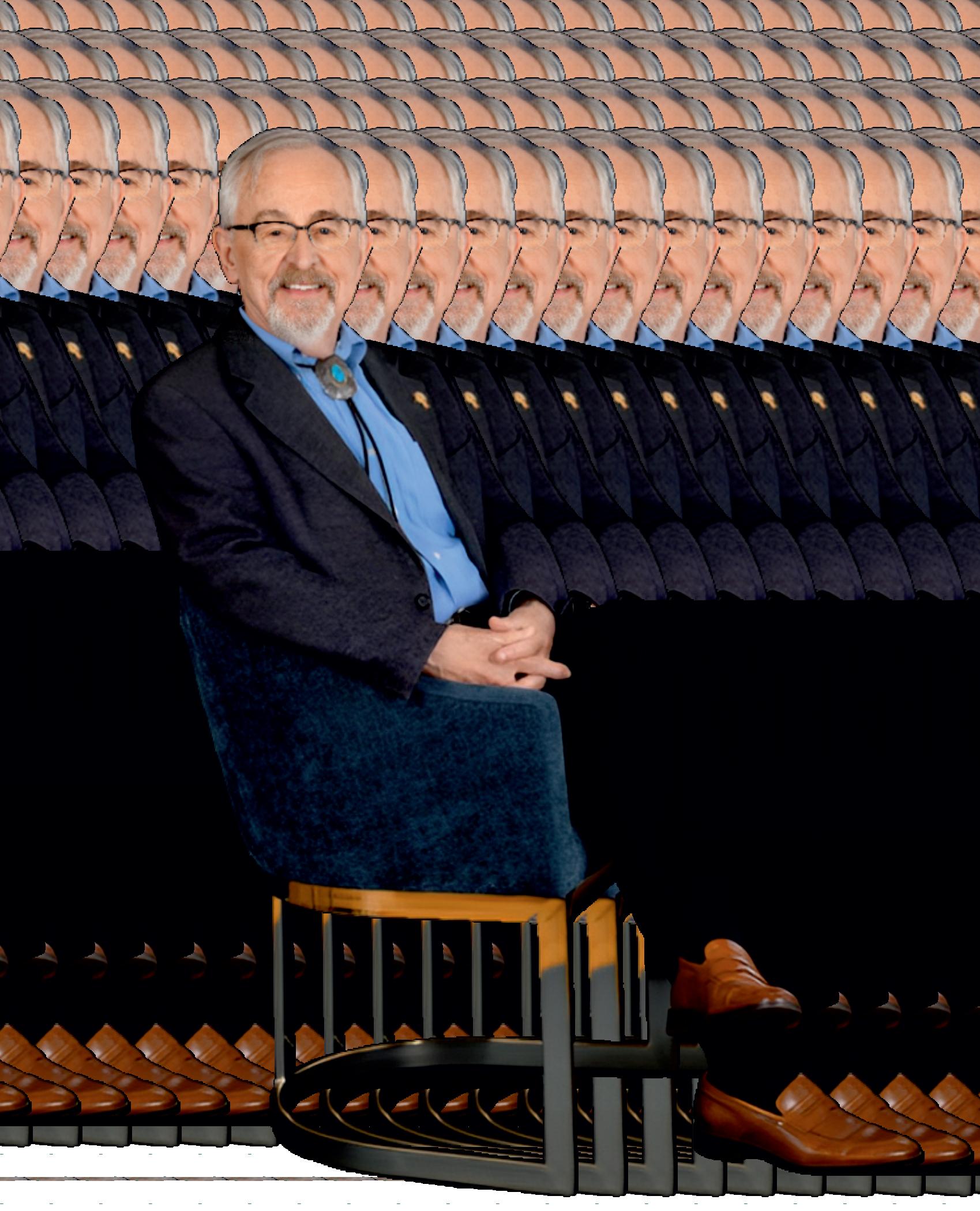
Bridging Science, Service, and Innova�on:
As Marry Gunaratnam recounts, it is impossible to explore the life and legacy of Professor Richard Larsonwithoutfirstunderstandingthetwindomains in which he has made his most profound contributions operations research (OR) and education technology (EdTech) These two fields, distinct yet increasingly interwoven in the modern world, have been revolutionized through Larson’s intellect, foresight, and relentless drive for societalimpact.Hisworknotonlyforgednewacademicpaths butalsocatalyzedreal-worldsolutionsthatcontinuetoshape publicservicedeliveryandglobaleducationalaccess.
Operations research, once rooted in military logistics, has grown into a powerful analytical tool employed across industries.Itcombinesstatistics,mathematicalmodeling,and simulation to optimize systems, from emergency response units in bustling cities to logistics in healthcare and manufacturing. Larson’s work has been seminal in this evolution. He has uniquely combined analytical rigor with empathy,ensuringthatORserveshumanneedsefficientlyand effectively
ParalleltohiscontributionsinORisLarson’sgroundbreaking work in EdTech, a sector that has exploded in scale and relevance in the 21st century. With digital platforms, virtual reality, and data-driven learning experiences transforming education, Larson saw not just potential but a moral imperative:tomakehigh-qualityeducationaccessibletoall. As Marry Gunaratnam highlights, Larson’s ability to blend complex systems thinking with human-centered design makeshimnotonlyascholarbutaglobalchangeagent.
RichardCharlesLarson,knownaffectionatelyas“Dick,”was born in 1943 in Bayside, Queens, New York. His early life involved multiplerelocations—from Sunbury, Pennsylvania to North Plainfield, New Jersey, and then Needham,
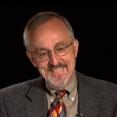
“Richard Larson’s journey, as narrated by Marry Gunaratnam, is a masterclass in interdisciplinary impact.”
Massachusetts nurturing adaptability and curiosity that wouldservehimwellinlateryears.
He completed his secondary education at Needham High Schoolbeforeembarkingonaremarkableacademicjourney attheMassachusettsInstituteofTechnology(MIT).There,he earned his Bachelor’s (1965), Master’s (1967), and PhD (1969)inelectricalengineering.Hisdoctoralthesis,“Models for the Allocation of Urban Police Patrol Forces,” was not only prescient but laid the groundwork for a lifetime of applyingsciencetosocialchallenges.
Larson’s deep dive into how cities could better deploy emergencyresourcesreflectedhislong-termpassion:solving practical problems using theoretical foundations. This early work would eventually influence not just policy, but how operationsresearchitselfwasunderstood.
In the late 1960s, Larson began groundbreaking work on urban emergency services Working with the RAND Corporation,heexaminedhowpoliceandemergencymedical




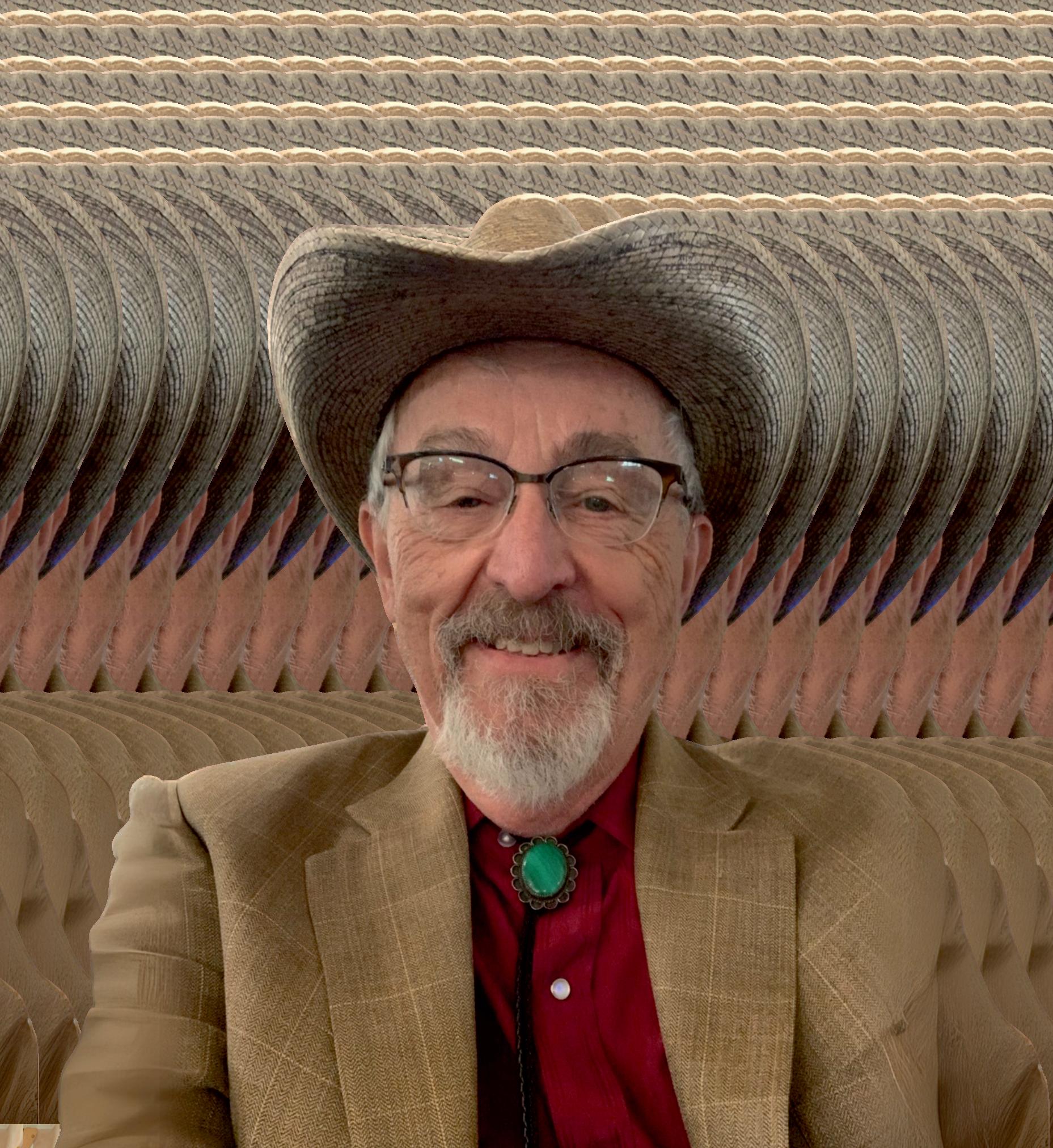

“Richard Larson’s life is an extraordinary tapestry of service, scholarship, and innova�on. In opera�ons research, he has redefined how ci�es operate and how systems are op�mized.”
teams were dispatched in major cities His research fundamentallyreshapedhowurbanservicesystemsoperate.
Ratherthankeepinghisfindingslockedinacademicjournals, Larson collaborated with policymakers to translate research intoaction.Hismodelsimprovedemergencyresponsetimes in cities like NewYork, creating life-saving efficiencies and becomingatemplateforothermunicipalities.
Through this work, Larson exemplified how operations research could extend beyond abstract mathematics to becomeaforceforpublicgood.AsMarryGunaratnamnotes, it was this insistence on real-world application that distinguishedLarsonfrommanyofhiscontemporaries.
Larson’s contributions to operations research were soon recognized by his peers. In 1993, he was elected to the NationalAcademyofEngineering—oneofthehighesthonors inthefield—forhisinnovativeapplicationsofORmethodsin publicandprivatesectorservices.
He also took up leadership roles in the professional community From serving as President of the Operations ResearchSocietyofAmerica(1993-1994)tobecomingthe founding fellow and President of INFORMS (2005), Larson helped shape the field’s future. These positions allowed him to mentor upcoming researchers and promote the relevance of OR in solving contemporaryissues.
Suchhonorsonlyaffirmedwhathisworkalreadyproved:that Larson was a pioneer whose ideas had transformative potential. His ability to lead not only research but also professional communities is a testament to his inclusive and visionarymindset.
One of Larson’s most public-facing contributions is his research on queueing theory, earning him the nickname “DoctorQueue.”Hisworkexplorednotjusthowlongpeople wait,buthowtheyfeelaboutwaiting—blendingmathematics withbehavioralpsychology
Heonceremarked,“Often,thepsychologyofqueuingismore important than the statistics of the wait itself.” This insight resonated widely, helping businesses and governments redesign service environments to improve customer satisfaction.
Whether in supermarket checkouts or airport security lines, Larson’s findings have influenced the way we structure our dailyexperiences.ThroughinterviewsonNPRandarticlesin major publications, he made OR relatable and useful to the averageperson.


“As a professor at MIT, Larson has mentored genera�ons of students, many of whom have gone on to make significant contribu�ons of their own.”
In 1995, Larson began a new chapter as Director of MIT’s Center forAdvanced Educational Services (CAES). Driven byavisiontodemocratizelearning,heledinitiativeslikethe Singapore-MIT Alliance and emphasized the power of technologytobridgeeducationaldivides.
He co-founded the Learning International Networks Consortium(LINC)in2002,aglobalefforttoprovidehighquality education to disadvantaged youth Through conferences and collaborations with institutions across 25+ countries,LINCbecameabeaconofhowacademicnetworks candrivesocialprogress.
Larson’sbeliefwassimpleyetprofound:“Technologycanbe a powerful equalizer, bringing world-class learning to students wherever they are.” His career was a relentless pursuitofthisideal.
Perhaps Larson’s most impactful educational innovation is the MIT BLOSSOMS initiative—Blended Learning Open SourceScienceorMathStudies.Co-foundedwithElizabeth Murray,BLOSSOMScreatesinteractivevideomodulesthat blendglobalexpertisewithlocalclassroomactivities.
What sets BLOSSOMS apart is its interactivity and contextualization Instead of passive learning, students engage with thought-provoking challenges, while teachers adaptlessonstolocalneeds.Thisdual-layeredapproachhas brought quality STEM education to under-resourced classroomsaroundtheworld.

BLOSSOMS is now a model for hybrid education, embodying the belief that technology should empower teachersandinspirestudents,notreplacehumaninteraction. Larson’s commitment to practical, scalable solutions finds perfectexpressioninthisprogram.
With over 175 published articles and six books, Larson’s research spans diverse topics urban systems, logistics, energy efficiency, and educational technologies. His work consistentlybridgestheoryandpractice,withmodelsthatare bothmathematicallyrobustandoperationallyviable.
As a professor at MIT, Larson has mentored generations of students, many of whom have gone on to make significant contributions of their own. Names like Kent W Colton and MaiaMajumderreflecttheenduringlegacyofhisteaching.
LarsonhasalsoconsultedfortheU.S.PostalService,theCity of New York, and other entities, turning academic concepts into actionable strategies. His influence, as Marry Gunaratnamemphasizes,liesnotjustinhisknowledge,butin hisgenerosityandapproachability

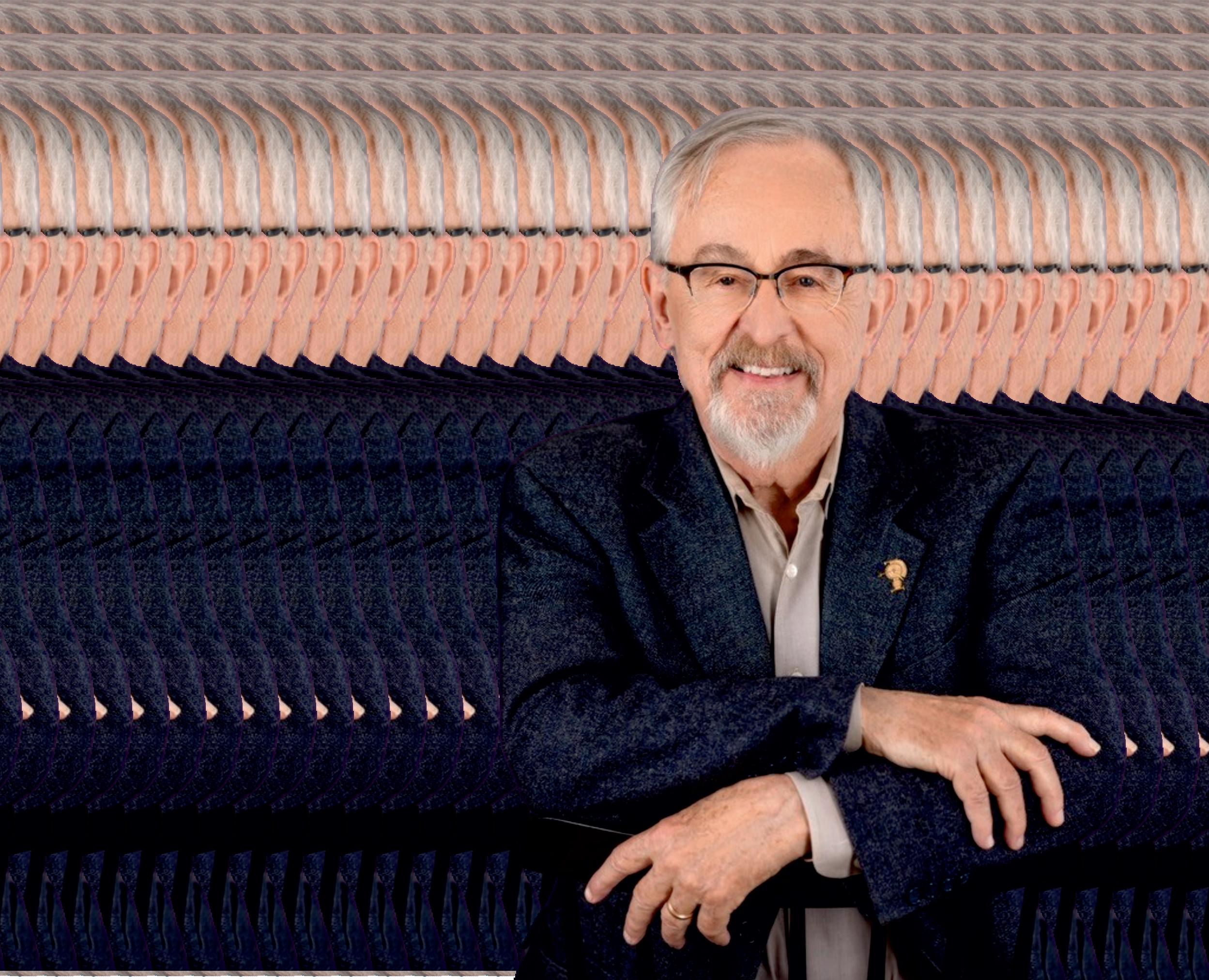

Richard Larson’s life is an extraordinary tapestry of service, scholarship, and innovation. In operations research, he has redefinedhowcitiesoperateandhowsystemsareoptimized. Ineducation,hehasopenedthedoorsoflearningtomillions, usingtechnologytoeraseboundaries.
His holistic approach merging analytics with empathy —makes his work uniquely impactful. Whether through BLOSSOMS or LINC, queuing theory or emergency responsesystems,Larson’scontributionsechoacrosssectors andcontinents.
As Marry Gunaratnam reflects, Larson’s legacy reminds us thattrueinnovationhappensnotinisolation,butatthenexus of ideas, people, and purpose. He has shown the world how therightblendofcuriosity,intellect,andcompassioncanlead totransformativechange.
Even today, Larson’s models of learning continue to inspire policymakers, educators, and researchers. His emphasis on blended learning, scalable content, and community engagement has become standard in global education discourse.
LINC continues to organize global conferences, bringing togetherthoughtleaderstodiscusshowtechnologycanserve
humanity’s educational needs. BLOSSOMS continues to expand its library and reach, adapting to new technological formatswhileholdingtruetoitsmission.
Aseducationsystemsgrapplewithpandemics,AI,andglobal inequality, Larson’s foresight proves invaluable His frameworks guide how we think about resilience, inclusion, andinnovationineducation.
RichardLarson’sjourney,asnarratedbyMarryGunaratnam, is a masterclass in interdisciplinary impact He has exemplifiedhowoneperson,guidedbyprincipleanddriven by curiosity, can shape multiple domains and improve countlesslives.
Inoperationsresearch,heoptimizedsystemsthatsavelives. In EdTech, he democratized learning for the world’s most marginalized In leadership, mentorship, and public communication,hebroughtpeopletogethertosolvesociety’s greatestchallenges.
As we look toward a future where data, technology, and humanvaluesmustcoexist,Larson’slifestandsasaguiding star—an enduring example of how knowledge, when paired withcompassion,cantrulytransformtheworld.
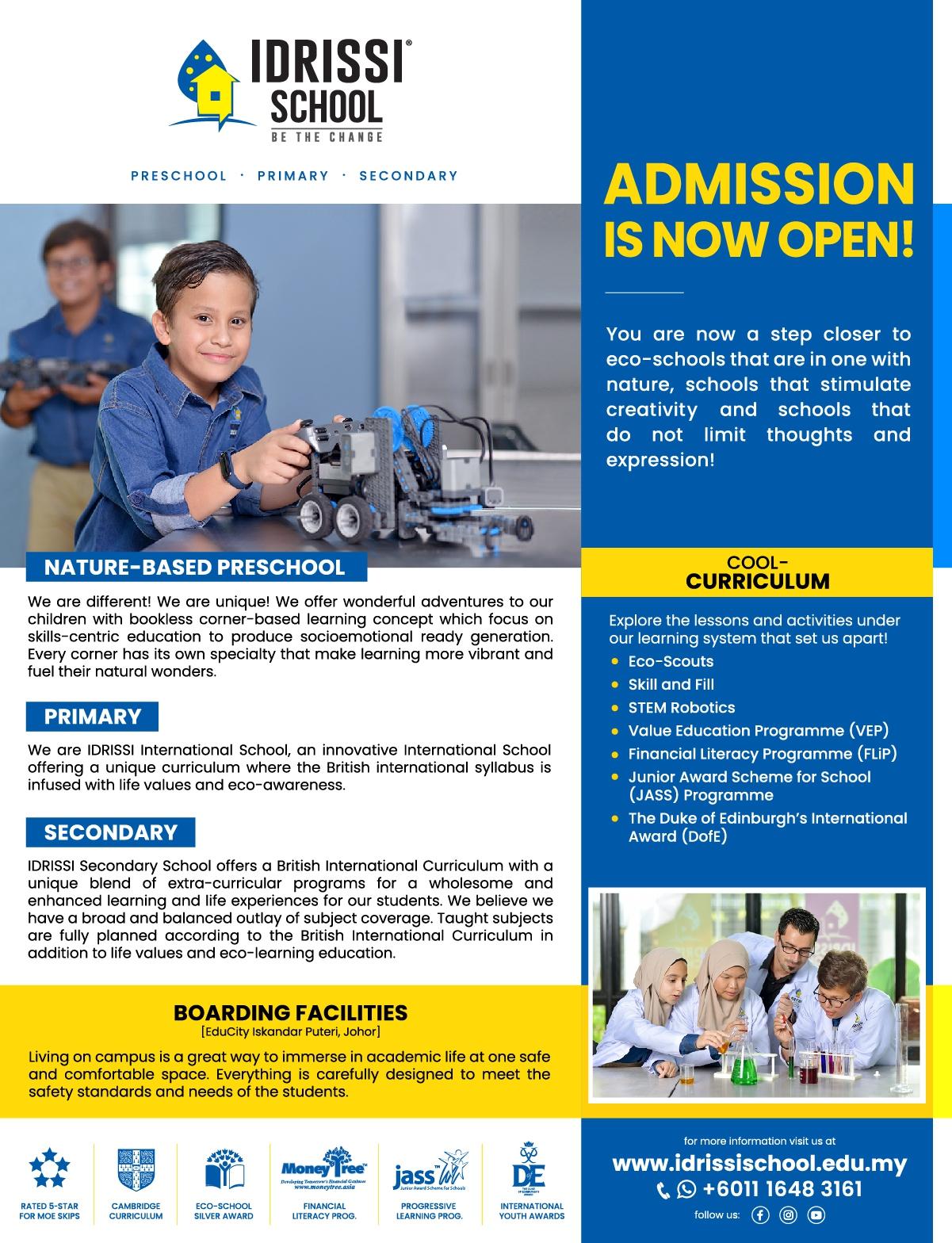


Teachers in the 21st century do much more than the stereotypicalviewofteachersstandingattheheadof a room lecturing. Teachers of today are changeagents, leaders, and above all, innovators.Theyare not only expected to impart knowledge, but also build the future generation's character, capacity, and consciousness.Amuch greaterpedagogymethodisneededtocreatechange;ittakes purposeandpassion.
Thecontemporaryteacherneedstofunctionwithintheframe of happening technological transformation, changing community needs, and increasing diversity. To accomplish that, he/she needs to be devoted to developing their practice continually, leading with purpose, and being beacons of stability,empathy,andempowermenttostudents.
Purposeful teachers don't merely teach curriculum—they forge an owner's manual for the future. Purposeful teachers knowthattheircallingisn'ttogetkidsreadyfortests,butto getkidsreadyforlife.Theyrealizethatlearningisn'tjustan intellectualchallenge,butadeeplyhumanone.
Purpose provides focus and direction, particularly in adversity. Faced with poorly resourced schools, curriculum limitations, or unforeseen global disruptions, purposeanchoredteacherspossess theabilityto overcomeadversity. Their responsibility to the next generation serves as their beaconandenablesthemtoactwithconvictionandintegrity

Purpose also invites students into a broader story. It invites them to imagine education not only as a path to personal achievement,butasacallingtoserveallofus.Whenstudents observe their teachers upholding a genuine passion for true learning, they are encouraged to develop their own sense of purposeaswell.
Where purpose offers guidance, passion offers inspiration. Passionate educators lead the learning experience alive with energy and enthusiasm that ignites student curiosity and interest.Theyarecontinuallylookingfornewapproachesto accessingstudents,tomakingsubjectmattercomealive,and todevelopingexperiencesthatlingerlongaftertheclassroom doorcloses.
This enthusiasm is infectious.It encourages students to own learningandcreatespositiveclassroomculturesbasedonjoy, discovery, and development In addition, passionate educatorsaretheoneswhoarethedriversofinnovation.They aretheearlyadoptersofnewtechnologies,championsofbest practices, and lead the push to reimagine old ways for more engaged,student-centeredapproaches.
In an era where burnout threatens to climb the ranks of the teaching ranks, it is passion driven by purpose that endures andprevails.
Teacher influence does not end at the schoolhouse door. Teachers frequently serve as community anchors, mentors, and champions. They are central to tackling inequities, assistingfamilies,andfuelingdiscussionofchangeinsociety
Change-makers teachers model the way.They model values suchasempathy,integrity,collaboration,andresilience.They build trusting relationships with students, parents, and colleagues, recognizing that sustained change is everyone's work. In building welcoming and respectful school communities, they pave the way for more just and compassionatecommunities.
Secondly, teachers are usually the protesters in policy formation. Being the ones who are advocating for mental health care, under-served populations, or changing curriculum,teachersareattheforefrontofeducationreform. Teacherslearnthroughouttheircareerwhatdoesanddoesnot workwithkidsandwhatsystemshavetomakeitworkduring theiron-the-jobtraining.
Teachersarenotonlyteachingleadershipbutlivingit.Daily, in the way they speak, problem-solve, and collaborate with nuance, they are affirming the attitudes and habits of successfulleadership.Livedlessonsprofoundlyaffectyoung students,particularlyinearlyyears.
Bybuildingstudentvoice,encouragingcriticalthinking,and offeringreal-worldlearning,teachersempoweryoungpeople toenvisionthemselvesasagentsofchange.Byusingprojectbased learning, service learning, or interdisciplinary investigation, classrooms can be nurseries for future-ready leaders who are socially responsible, creative, and compassionate.
This teacher-to-student leadership legacy is likely the most long-lastinglegacyofteachersaschange-agents.
Inordertoenableteacherstobeabletobecomefullyengaged intheirworkaschangeleadersandrolemodels,theyneedto be supported by systems that respect their professionalism andwell-being.Thismeansinvestinginteacherdevelopment, providing ongoing professional development, providing teacherswithtimetoworktogether,andinvolvingteachersin decisionsthatimpacttheirpractice.
Additionally,societyneedstoseeteachingasacallingthat,in addition to knowledge, demands courage, creativity, and emotional intelligence. Leverage the power of teachers, pay themcommensuratesalaries,andinvolvethemintable-stake decision-makingonthefutureofeducationareallstepsinthe direction of fostering an environment where purpose and passioncanflourish.
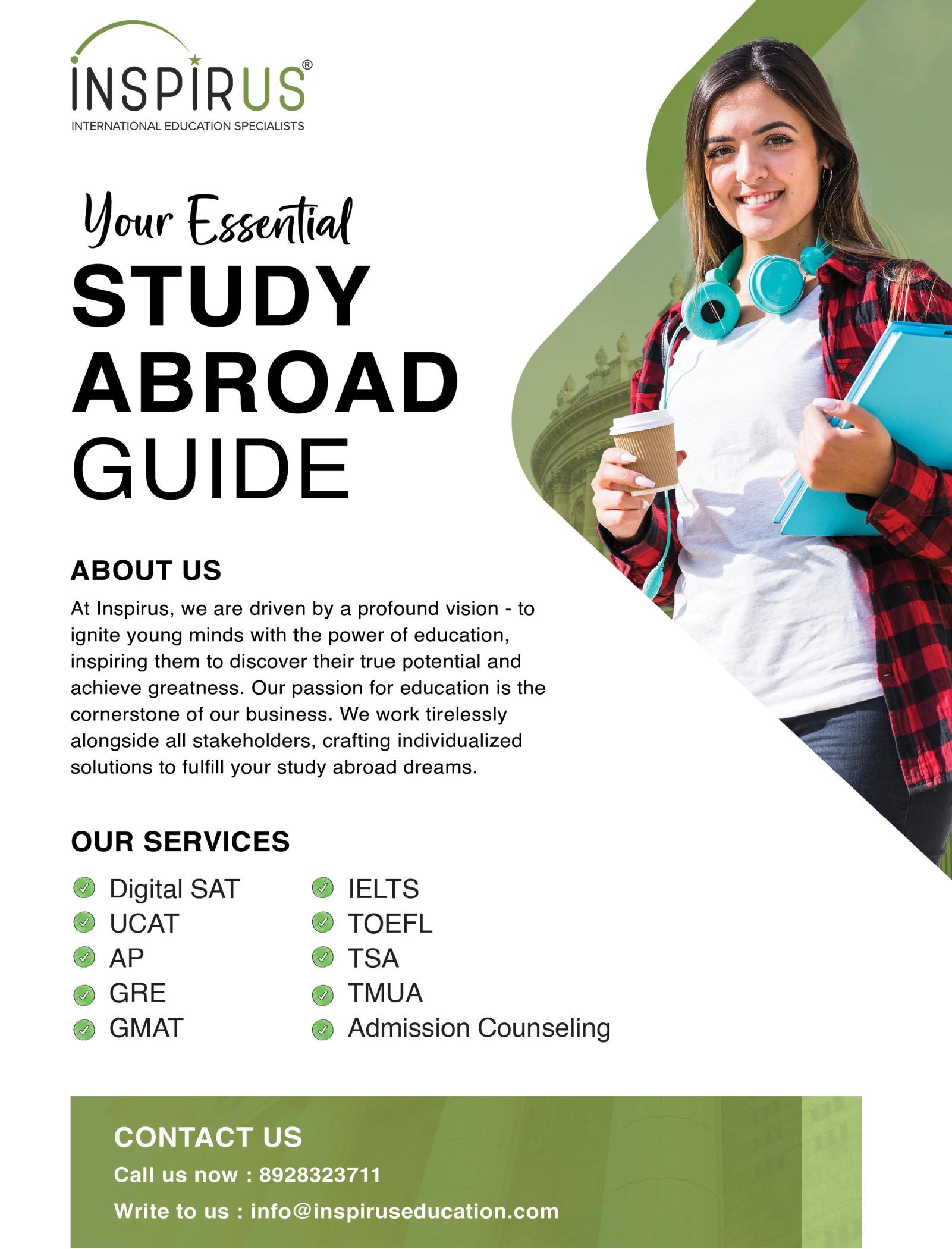

From Testing to Teaching

For decades, learning success has been measured through standardized tests, grades, and limited assessmentsthatvaluememorizationoversubstance. That industrial-age model of performance measurement has dominated the way students are taught, teachers are evaluated, and schools define success. But as the world changes—drivenbyinnovation,interconnectedness,andever more complicated social issues—the flaws in a test-based systemhavebecomemoreapparentthanever.
Holisticeducationisaparadigmshift.Itplacesdevelopment of the whole child cognitive, emotional, social, and ethical—above all, yet still honors academic strength. No longeristhefocusonwhatstudentsknow,butonwhotheyare becoming. This is not an elimination of assessment, but a reordering of priorities: placing teaching, learning, and humandevelopmentatthecenteroftheeducationexperience.
The emphasis on high-stakes testing has had several unintended consequences. Teachers throughout much of the worldfeelpressuredto"teachtothetest,"narrowingcurricula and reducing the intensity of learning. Art, music, physical education, and even social studies are often relegated to the sidelinesinfavorofmathematicsandlanguagetests.
This model disproportionately affects low-resourced community students, where funding and public perception depend directly on test scores. It also damages student wellbeing by engendering a culture of competition, stress, and anxiety—often at the expense of curiosity, creativity, and collaboration.

Inaddition,thestandardizedtestsfailtotestcriticalskillsof the 21st century such as critical thinking, emotional intelligence,flexibility,andworldknowledge.Thesearewhat futurecitizensneedtopossess—nottopassexamsefficiently, buttoleadsuccessfullivesandbecontributorytosociety
Holistic education goes beyond academia to promote the overalldevelopmentofastudent.Thisintegratesintellectual excellencewithemotionalquotient,physicalwellness,moral awareness, and social awareness. The aim is to produce healthy,empatheticindividualswhoarewellpoisedtohandle adaptation, success, success, and contribute positively to society
In practice, this looks like building classroom environments that welcome inquiry, exploration, and reflection. It means looking at errors as chances to learn, not as penalties for mistakes.And it means seeing students as active learners on their own educational journey each with their own strengths,interests,andbackgrounds.
Aboveallelse,though,wholeeducationisnotaluxuryoran indulgence—it is an imperative for the world. In urban schools and rural classrooms, wealthy nations and poor nations, all children are deepened by teaching that honors theirfullhumanity.
Inawhole-schoolapproach,theteacher'sroleisredefined.No longer content senders, teachers become facilitators of learningexperience,mentorswhohelpstudentsdiscovertheir potential.Thisshiftrequiresprofessionallearningthatallows teachers to develop social-emotional learning, inclusive practices,andcross-curricularlearningexperiences.
Assessment in this context turns formative rather than punitive.Portfolios,performancetasks,peerreview,andselfassessmentreplacebubblesheets.Notonlyarethesemethods morerichlyinformativeaboutstudentprogress,buttheyalso teach students how to assess their own progress—a skill whichcanbeusefultolearnersthroughouttheirlifetimes.
Students also must be encouraged through system change. Holisticmethodscanbeeffectivelyappliedbyhavingsmaller class sizes, adequate planning time, and collaborative environments.
Few aspects of holistic education are as convincing as its emphasisonvalues—honesty,compassion,respect,andcivic
responsibility.Thesearenotacquiredthroughthecurriculum butthroughdailylife:howstudentsinteractwitheachother, howconflictsareresolved,howdiversityisvalued,andhow communityserviceispromoted.
Emotionalwell-beingandmentalwell-beingarealsocentral toholisticlearning.Thereisatrendtowardmoremindfulness, guidance,andwell-beingchecksbeingincorporatedintothe school day These are not extras they are essentials, especially in a world in which young people are living with unprecedentedstress,anxiety,anddigitalsaturation.
By attending to students' emotional needs and building supportive, safe spaces, educators can empower students to become stronger, more confident learners who are wellequippedtoachieveintheclassroomandinlife.
Globally, education systems are becoming aware of the imperativeofthischange.Finlandhashistoricallyfocusedon child-centered learning, whereas Singapore, Canada, and Scotland are investing in curriculum changes that put wellbeing,creativity,andinterdisciplinarityfirst.
International agencies such as UNESCO, OECD, and UNICEFarenudgingtowardsneweducationmodelsthatgo beyondtheclassroom.TheOECD'sLearningCompass2030, for example, places special importance on change-making skills such as responsibility, cooperation, and sustainable development.Thesemodelsshowanewconsensus:preparing studentsforthefuturerequiresmorethantestscores.
The transition from testing to teaching—toward a more comprehensive and human-focussed education system—is notoneofforsakingstandardsbutofbroadeningwhatwehold dear. It is one of defining success in terms of growth, involvement, and meaning—not merely performance on a singletest.
As societies confront ever more daunting challenges—from climatechangeandinequalitytodigitaldisruptionandmental health crises—the demand for empathetic, adaptable, and ethicallyinformedpeoplehasneverbeenmoreacute.
Holisticeducationishowwebuildthatfuture—byinvesting not only in intellectual capacity but in the full spectrum of whatitmeanstobehuman.Theclassroom,then,isnotaplace of performance and stress, but a place of possibility, discovery,andgrowth.












For Subscrip�on: www.insightssuccessmagazine.com
www.x.com/insightssuccess

